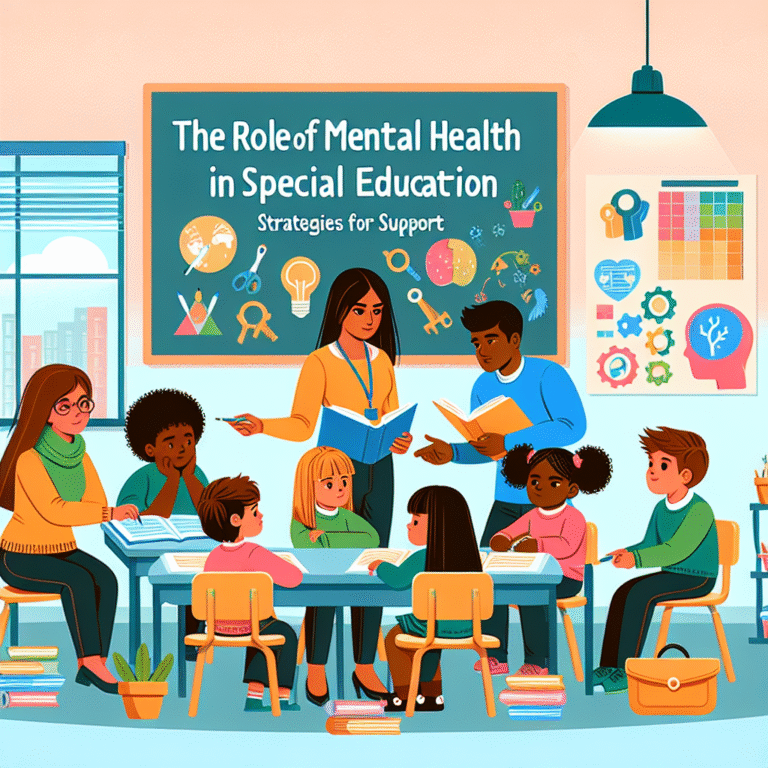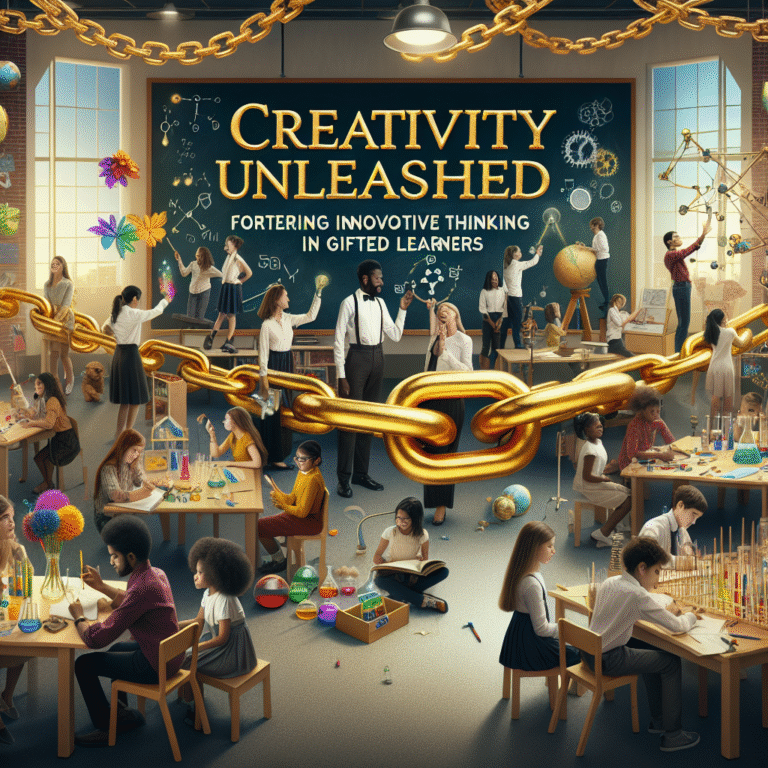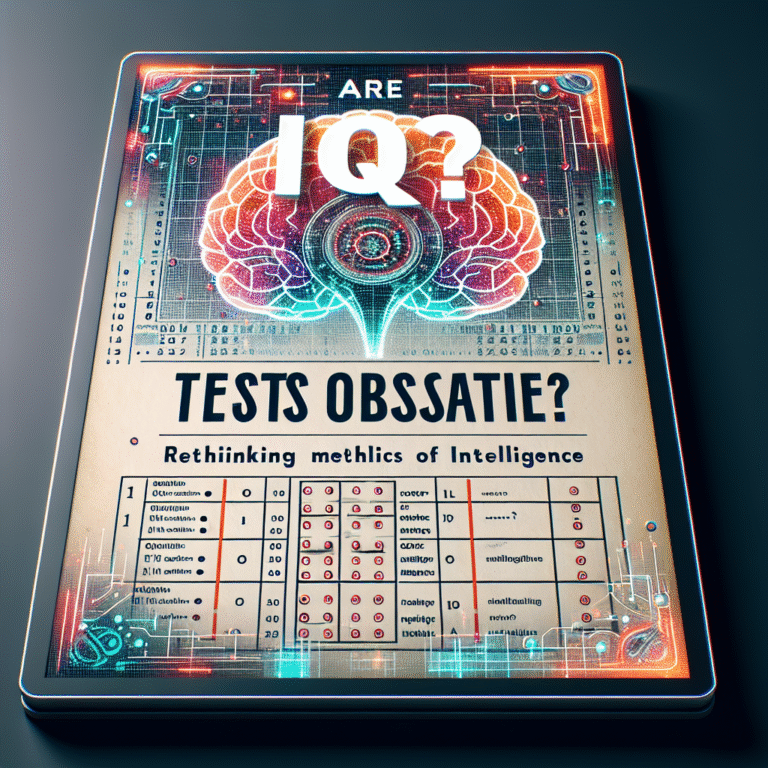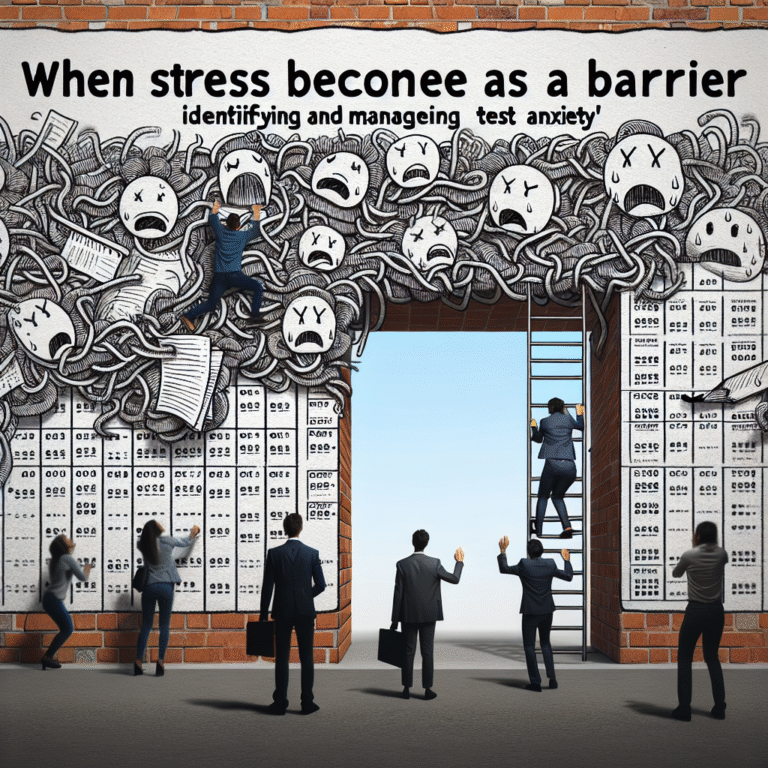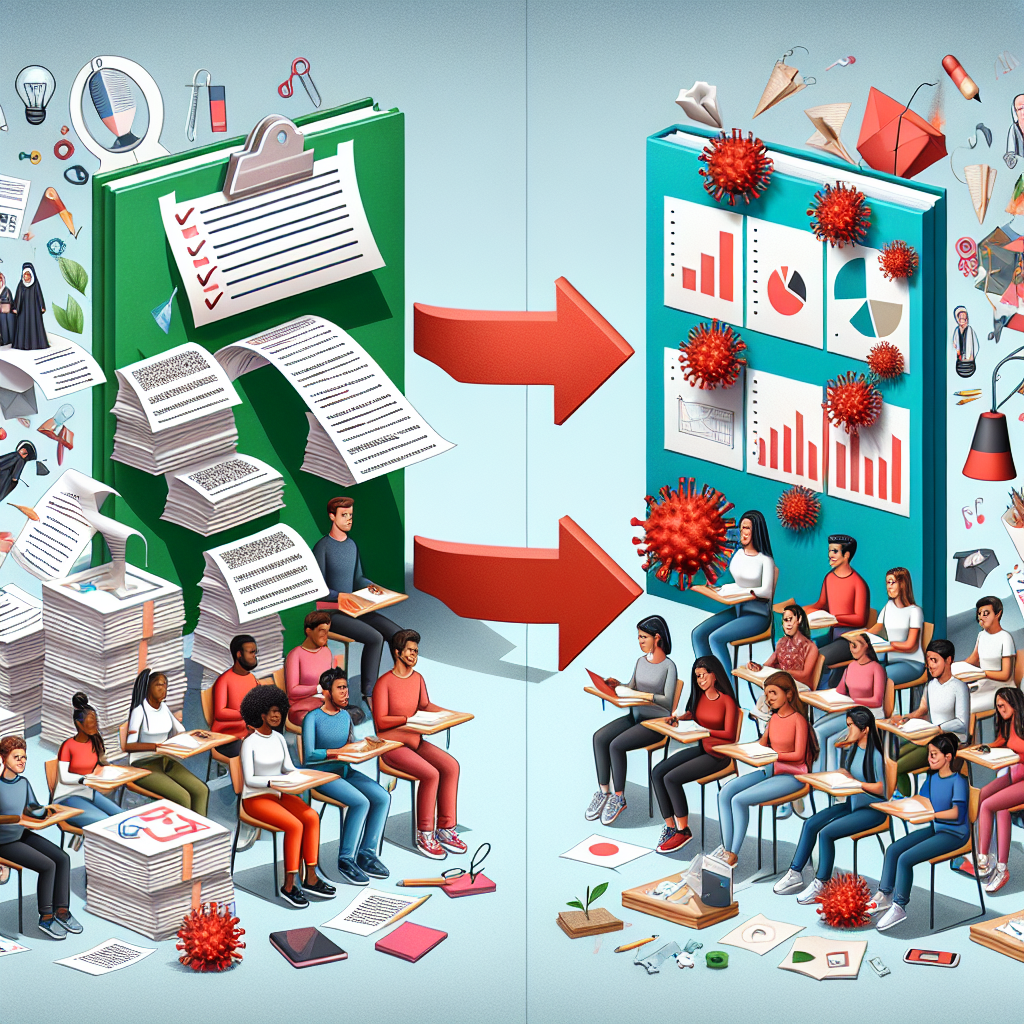
Introduction
In the rapidly evolving landscape of education, the methods we use to evaluate student learning are shifting dramatically. Traditional testing, once seen as the gold standard for assessment, is being challenged and complemented by more holistic approaches. This article explores the profound transformation encapsulated in the phrase, From Tests to Projects: Diverse Approaches to Summative Evaluation. By diving into innovative evaluation strategies such as project-based assessments, we aim to illuminate paths that enhance learning, engagement, and real-world application.
The Evolution of Summative Evaluation
Historically, summative evaluation has focused heavily on standardized tests. These assessments often boiled down learning into numerical scores, fostering environments where rote memorization was the norm. However, as educational theories progress, the limitations of traditional tests have become evident. They fail to account for students’ critical thinking skills, creativity, and practical knowledge.
The shift From Tests to Projects: Diverse Approaches to Summative Evaluation represents a fundamental rethinking of what it means to evaluate learning. In this journey, we’ll delve into various teaching methodologies, case studies, and real-world applications that illustrate the power of project-based assessments.
Understanding Summative Evaluation
What is Summative Evaluation?
Summative evaluation refers to assessments that occur after a learning period, intended to measure student learning against predetermined standards. Traditionally, this would involve final exams or standardized tests. Yet, the perspective on what summative evaluation should encapsulate is broadening.
The Role of Rubrics
At the core of effective summative evaluation lies clear criteria for success. Rubrics offer a standardized way to assess projects and assignments. They allow educators to evaluate diverse outputs fairly and comprehensively while giving students a transparent roadmap for expectations.
The Shift Towards Project-Based Learning
Defining Project-Based Learning (PBL)
Project-based learning is an instructional methodology designed around engaging students in learning through projects. In contrast to traditional assessments, PBL focuses on inquiry, collaboration, and the application of knowledge in real-world contexts.
Benefits of PBL
-
Engagement and Motivation: Students often find project-based work more engaging than traditional tests. The opportunity to work collaboratively on meaningful tasks can ignite passion for the subject matter.
-
Development of Critical Skills: Projects often require students to utilize critical thinking, problem-solving, and teamwork—skills that standardized tests do not evaluate.
- Real-World Application: Students have the chance to work on tasks that resemble real-life challenges, providing context and relevance to their learning.
Case Study: High Tech High
High Tech High in San Diego exemplifies the successful implementation of project-based learning. Here, students engage in interdisciplinary projects that require them to tackle complex issues in collaborative groups. For example, in a project concerning environmental sustainability, students designed solutions for reducing waste on their campus. This initiative not only assessed their knowledge of environmental science but also engaged their creativity and teamwork skills.
Analysis
The approach taken by High Tech High illustrates the relevance of From Tests to Projects: Diverse Approaches to Summative Evaluation. Not only do projects incorporate various disciplines, but they also allow students to lead their learning, fostering an environment ripe for innovation.
Diverse Approaches to Summative Evaluation
1. Portfolio-Based Assessment
A portfolio is a curated collection of student work that demonstrates learning over time. This approach aligns well with diverse learning styles, allowing students to showcase their best efforts across various assignments.
Benefits of Portfolio Assessments
- Comprehensive Evaluation: Portfolios provide a holistic view of the student’s capabilities.
- Reflection: Students are encouraged to reflect on their learning journey, promoting metacognition.
2. Performance-Based Assessment
Performance-based assessments require students to demonstrate their knowledge through practical tasks rather than traditional tests. This might take the form of labs, presentations, or creative projects.
Case Study: The New Hampshire Task Force
In New Hampshire, a task force has advocated for performance-based assessment systems across schools. In one initiative, students were tasked with creating public service announcements to address community issues. Assessing these performances gave students a platform to express their understanding creatively.
Analysis
These assessments reflect the principles of From Tests to Projects: Diverse Approaches to Summative Evaluation. By shifting focus from standardized scores to tangible performances, the New Hampshire initiative validates diverse learning pathways.
3. Collaborative Group Projects
Collaboration is key in the 21st century. Group projects can serve as powerful summative assessments, allowing students to harness different talents and perspectives.
Benefits of Collaborative Projects
- Social Skills: Students learn vital interpersonal skills while working with peers.
- Shared Responsibility: Group projects teach accountability as students must rely on one another.
Case Study: The STEM Challenge
In a STEM-focused curriculum, students at a high school collaborated to design a functioning robot. Each student took on a specific role, from engineering to marketing. The culmination of their work was evaluated as a group, emphasizing cooperation over individual assessment.
Analysis
The collaborative nature of this project aligns seamlessly with From Tests to Projects: Diverse Approaches to Summative Evaluation, demonstrating the value of teamwork in modern education.
Transforming Evaluation through Technology
The Rise of Digital Portfolios
With advancements in technology, digital portfolios are gaining traction. Platforms like Seesaw or Google Sites enable students to showcase their work in dynamic ways.
Advantages of Digital Portfolios
- Accessibility: Students can easily share their portfolios with educators and families.
- Multimedia Capabilities: Digital portfolios can include videos, slideshows, and creative projects, illustrating a range of skills.
Digital Assessments and Adaptive Learning
Adaptive learning platforms can provide real-time feedback, allowing educators to gauge student comprehension throughout a course rather than relying solely on summative assessments.
Case Study: Khan Academy
Khan Academy’s use of adaptive assessments allows students to progress at their own pace, providing personalized learning experiences that culminate in skill mastery.
Analysis
The integration of technology in assessments showcases how we can transition From Tests to Projects: Diverse Approaches to Summative Evaluation effectively, meeting students where they are in their learning journey.
Addressing the Challenges
Resistance from Traditional Educators
While innovative approaches are beneficial, transitioning requires buy-in from educators accustomed to traditional methods.
Strategies for Change
- Professional Development: Investing in training can address fears and uncertainties.
- Pilot Programs: Starting small allows educators to experience new methods without overwhelming shifts in their teaching.
Equity and Access
Diversifying assessments must also consider equity. Ensuring that all students have equal access to resources and support is vital for successful implementation.
Conclusion
The movement From Tests to Projects: Diverse Approaches to Summative Evaluation signifies more than a change in methodology; it marks a revolutionary shift in how we view education and assessment. Project-based learning, performance assessments, and digital tools together create a rich tapestry for evaluating student learning in a way that is comprehensive, relevant, and aligned with the skills needed in today’s world.
As educators, administrators, and students, embracing this paradigm shift paves the way for a brighter, more engaging educational landscape—one where learning is not confined to the pages of a standardized test but explored through creativity, collaboration, and real-world application.
FAQs
-
What are some examples of project-based assessments?
- Examples include designing a public service announcement, creating a business plan, or developing a scientific experiment.
-
How can I implement project-based learning in my classroom?
- Start with small projects that integrate subjects, involve student choice, and focus on real-world issues.
-
What role do rubrics play in project-based assessments?
- Rubrics clarify expectations and provide consistent criteria for evaluating diverse student outputs.
-
How do portfolios differ from traditional assessments?
- Portfolios compile work over time, offering a comprehensive view of student progress rather than a snapshot score.
- What challenges might educators face when transitioning to project-based assessment?
- Resistance to change, lack of training, and ensuring equitable access for all students can be significant hurdles.
By embracing diverse approaches to summative evaluation, we can cultivate environments that truly reflect and enhance learning, preparing students for success in all aspects of life.





